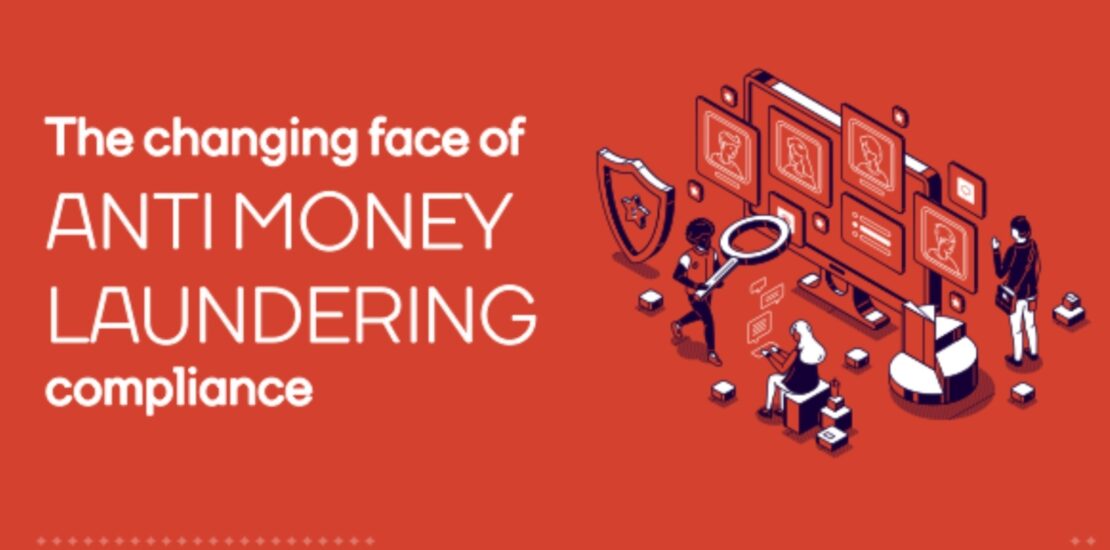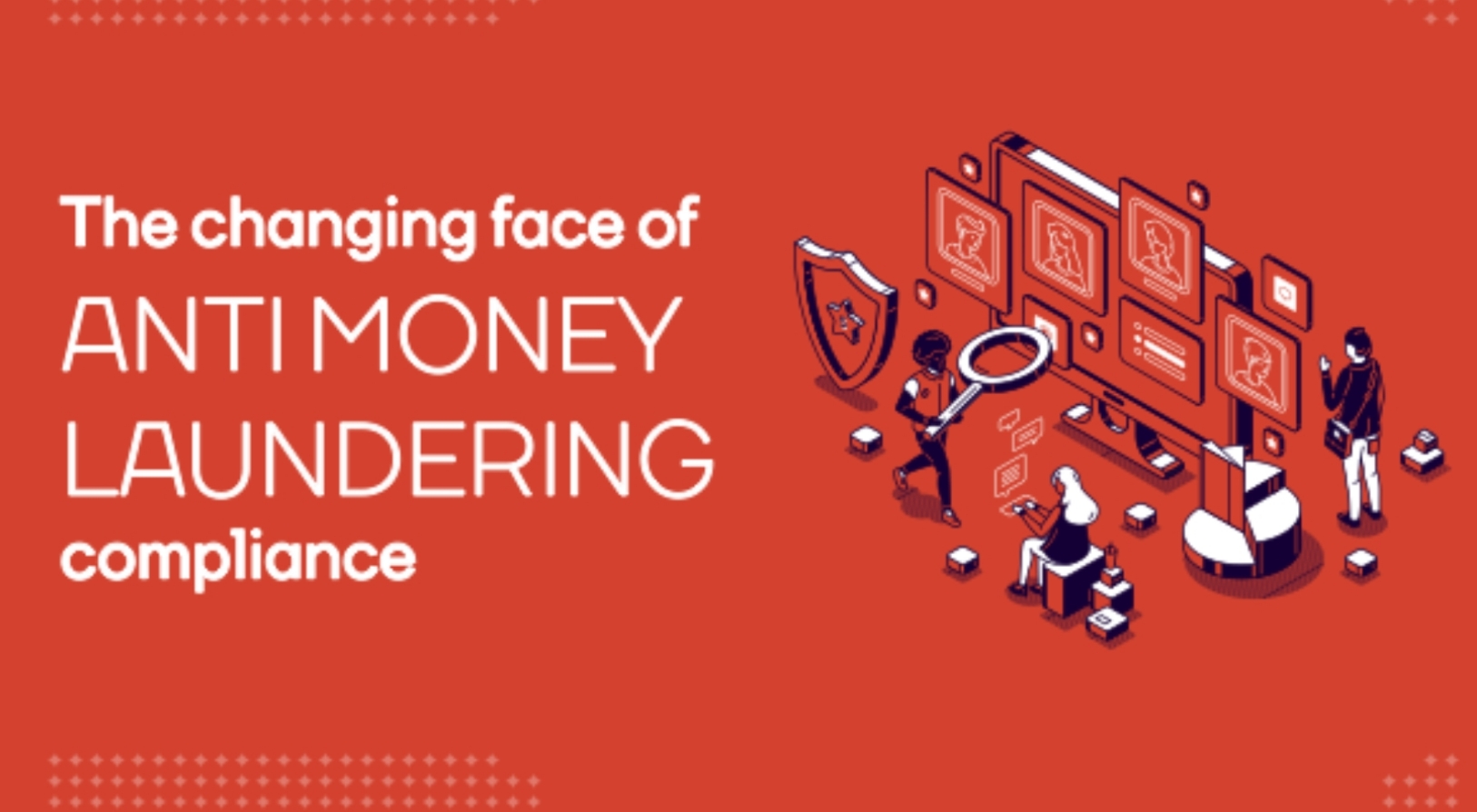- August 3, 2020
- Posted by: sutraadmin
- Categories: Blog posts, Products


The body of knowledge around AML has come a long way since its inception in 1989 in the G-7 summit where Financial Action Task Force (FATF) was created. The AML compliance has to adopt to the new face of crime, counterfeit trades and currencies and increased usage of technology. Physical interactions have given way to usage of electronic channels and trade agreed through informal social media channels which also serve as a potent medium for influencing and widening the base of money launderers and agents for multiple financial and non-financial trades (such as illegal wildlife trade) . In addition, the growing usage of crypto currency is increasing instances of money laundering with an average of USD 750 million per annum over last two years across. FATF also highlighted a post COVID phenomenon where misappropriation of international financial aid is happening.
The article focuses on the recent trends in money laundering, the challenges it has created for the practitioners and possible ways to address these challenges.
Recent trends in Anti-Money Laundering Compliance
AML compliance is a front-line pillar among the controls for fighting against money laundering and terrorist financing activities which requires an effective Financial Crime Compliance (FCC) program to enable the organisations to identify, assess and measure, investigate, report and mitigate such risks. The FCC program has to keep pace with the changes and the recent trends in the money laundering space which are:
 1. Usage of alternate channels and media: The increased usage of technology while facilitating communication and transactions is also unknowingly aiding the money laundering risks:
1. Usage of alternate channels and media: The increased usage of technology while facilitating communication and transactions is also unknowingly aiding the money laundering risks:
A) Usage of mobile transactions, e-wallets, fintech platforms has necessitated the need for appropriate measures to manage these channels given that the controls may be weak and transaction amounts smaller
B) Usage of crypto-currencies is on the rise. The unregulated nature of these transactions and their increased popularity in gambling and gaming sites has lead countries such as US to issue guidelines on the issuance, sale, and/or exchange of cryptoassets imposed by the SEC, CFTC, IRS and FinCent
C) Multitudes of trades are being facilitated through social media communication which increases the need to widen the monitoring net and go beyond conventional financial channels
 2. Complex linkages and patterns: Money-launderers are increasingly relying on a deceitful web of messaging, multiple counterparties and beneficiaries making it difficult to catch them. Linkages need to take into consideration not only transactions but also accounts and entities across individuals and their groups.
2. Complex linkages and patterns: Money-launderers are increasingly relying on a deceitful web of messaging, multiple counterparties and beneficiaries making it difficult to catch them. Linkages need to take into consideration not only transactions but also accounts and entities across individuals and their groups.

3. Increased and integrated regulatory compliance: Regulations are increasing is obvious; however to be in sync with the complexities, some of the regulators have started integrating the guidelines to provide an effective counter to this threat, an example being the EU which is targeting for uniform AML and CFT practices across the member countries by year end 2020. The FATF also conducts mutual evaluation for its member nations to assess how a member nation relates them to its relevant legal and institutional framework with the objective of ensuring fundamental building blocks of an AML/CFT are in place
Challenges for Practitioners and Potential Solutions
Challenges:
The evolving trends in money-laundering risks and the need for changing compliance programs as a response has brought its own set of practitioner challenges some of which are:
- Managing cost of compliance: Increase in the number and complexity of business transactions require a more engaging compliance function in terms of skill set, infrastructure and headcount putting a burden on the financial resources
- Managing increased risk: The various techniques of deceitful messaging, mis-spelling, coded language, complex linkages across groups of entities (beneficial ownership) is leading to increased risk of fines and penalties
- Coping with evolving regulatory and governance requirements: Organizations having wide spread cross border transactions have to remain abreast with different regulations and apply them in their compliance programs. For example:
-
- For sanctions screening, there are multiple lists issued by United Nations Security Council, EU, U.S. (OFAC), and U.K. (HM Treasury) etc. which need to be evaluated while onboarding a customer or allowing a transaction. Further the lists are updated on a very frequent basis which adds to the complexity
- Reporting formats need to also keep pace with the regulatory expectations as is the need for integrity of the compliance programs through a proper audit trail of all approvals, investigations and dispositions
Solutions:
The solutions to overcome the challenges are simple however require a thought through approach before going ahead. These are:
- Having an effective compliance program: An effective compliance program should comprise of a compliance framework which is scalable taking into account business growth and complexity and just the right amount of manpower with the required skill set
- Robust and low cost technology solutions: The tech platforms have to be customized for the scale and complexity of individual organizations. Important considerations are:
-
- Number of clients and transactions which will affect the solution performance
- On premise versus hosting on cloud
- Need for real time decisioning versus batch mode configuration
- Compartmentalized solution versus an integrated stack catering to different sub-disciplines such as KYC, CDD, AML and sanctions
- Usage of intelligent rules and data mining algorithms: Application of artificial intelligence and machine learning is making the entire decisioning and automation process intelligent by:
-
- Data mining and modeling of the risky behavioral patterns to create intelligent rules which make the risk identification more potent and also reduce the false positives, thereby reducing the number of investigations required
- Text mining and matching algorithms for name screening and transactions screening which can catch deliberate attempts to escape and also can be applied on social media transcripts thus helping in enhanced due diligence
The compliance space is on the edge with the launderers finding innovative ways to defraud and the practitioners closing the loopholes through effective usage of frameworks, technology and data sciences. Interesting days are ahead for the AML columnists.
Authors:
Abhishek Gupta
Managing Director
Email: ag@sutra-management.com
Ashish Jain
Associate Director
Email: aj@sutra-management.com
Anuj Yadav
Senior Associate
Email: ay@sutra-management.com
Sutra Management Consultancies is a group of business advisory firms offering advisory services into Analytics, Business strategy, financial crime compliance and big data. We use the power of analytics to improve profitability, processes, increase market share of business and make them comply with the regulations. Sutra Management now has 13 years of success serving more than 200+ clients globally and has regional offices in UAE, India and Indonesia.
P.S: We are hosting a webinar on changing contours of AML compliance on August 12th 2020, please register for a free participation on:
https://attendee.gotowebinar.com/register/8374661618826207760
